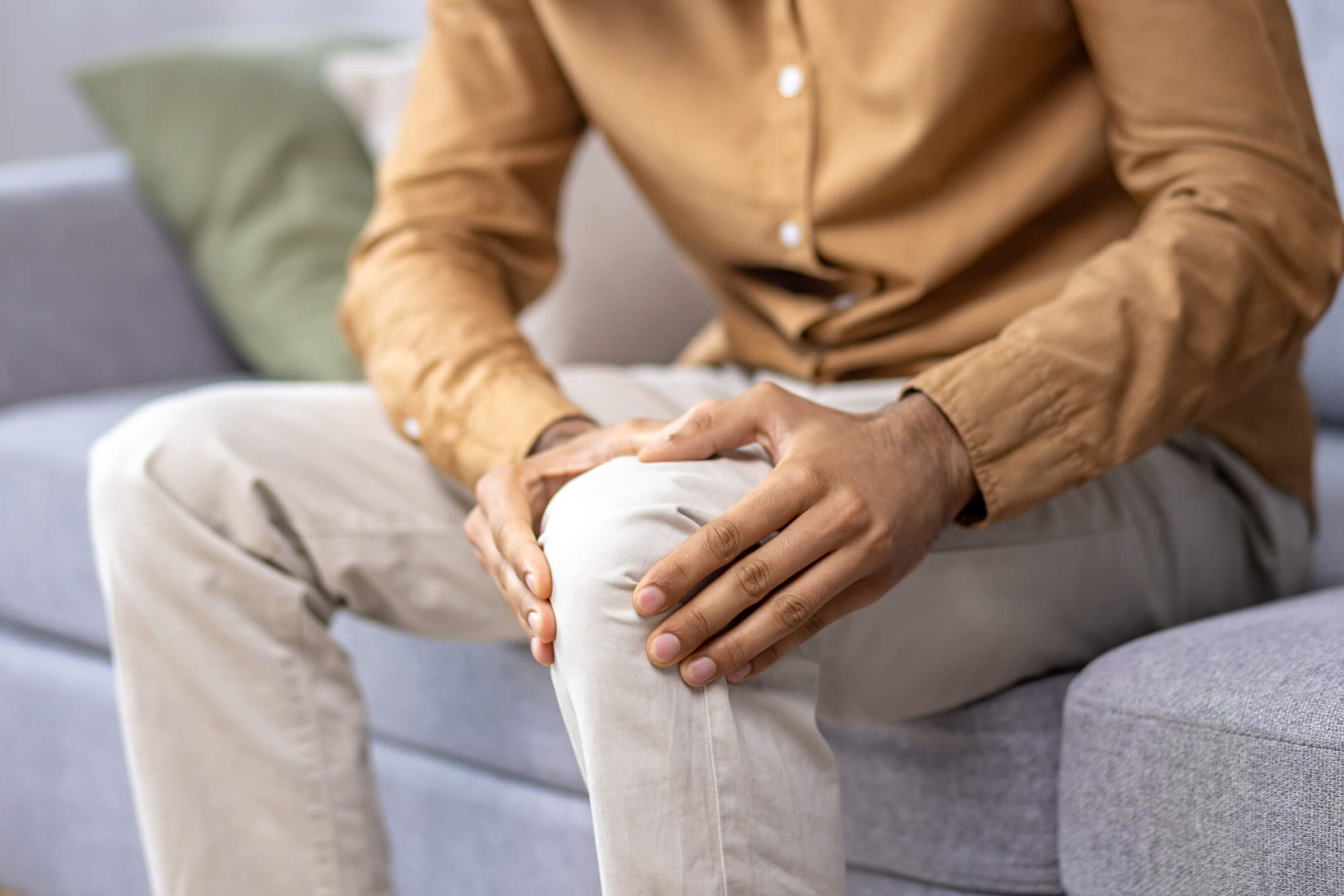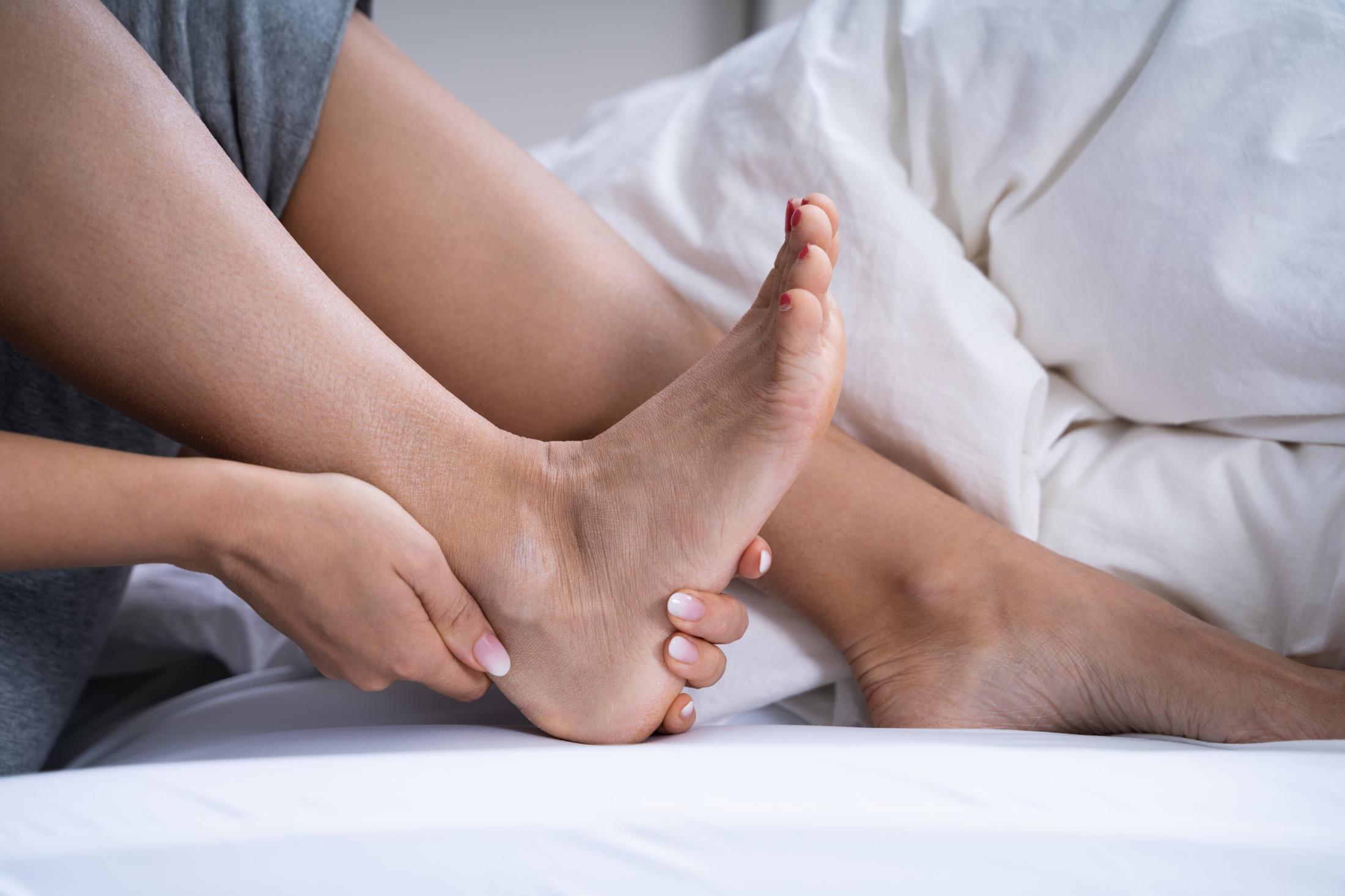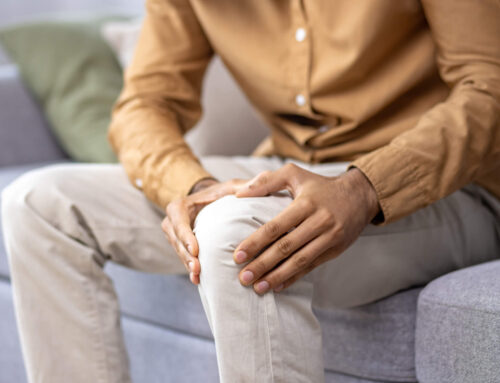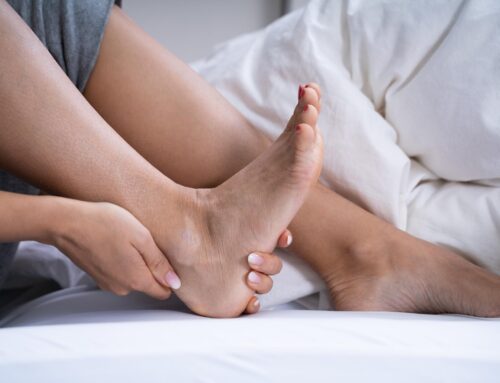Lymphedema and lipedema are chronic conditions that significantly impact an individual’s quality of life. Lymphedema occurs when the lymphatic system is unable to properly drain lymph fluid, leading to swelling, discomfort, and a heightened risk of infections. Lipedema, on the other hand, is characterized by the abnormal accumulation of fat tissue, primarily in the legs and hips, often causing pain, mobility issues, and emotional distress. Both conditions can limit daily activities and require long-term management strategies to prevent complications.
One of the most effective solutions for managing these conditions is the use of leg compression garments. Leg compression garments help improve circulation and reduce swelling for individuals with lymphedema and lipedema. By providing consistent and gentle pressure, these garments help drain excess fluid, relieve discomfort, and support mobility.
For those living with lymphedema or lipedema, compression therapy offers a practical and reliable way to regain comfort and confidence while addressing the underlying symptoms of these conditions.
Impact of Lymphedema and Lipedema
Millions of people worldwide face the challenges of lymphedema and lipedema, two chronic conditions that significantly affect physical health and daily life. Both disorders can cause discomfort, restricted mobility, and emotional strain, making effective management essential for maintaining well-being. While each condition has unique characteristics, they share the need for comprehensive treatment plans that often include the use of leg compression garments to alleviate symptoms.
What is Lymphedema?
Lymphedema is a chronic medical condition resulting from impaired lymphatic drainage. When the lymphatic system fails to properly circulate lymph fluid, it accumulates in tissues, leading to noticeable swelling, particularly in the arms and legs. This swelling can cause pain, heaviness, and stiffness, making routine movements and tasks difficult.
Over time, unmanaged lymphedema can also increase the risk of skin infections, such as cellulitis, and other complications. Effective treatment focuses on reducing fluid buildup and restoring lymphatic function, with compression therapy playing a vital role in managing symptoms.
What is Lipedema?
Lipedema is a progressive condition characterized by the abnormal buildup of fat cells, most commonly in the legs, thighs, and hips. This disorder often affects women and is distinct from typical obesity because it does not respond to diet or exercise.
Individuals with lipedema frequently experience tenderness, swelling, and bruising in the affected areas, along with difficulties in mobility as the condition advances. Emotional distress is also common due to the visible changes in body shape and the physical discomfort it causes. Managing lipedema requires a holistic approach, including lifestyle adjustments, medical interventions, and compression therapy to relieve symptoms and improve mobility.
Comprehensive Management Approach
Both lymphedema and lipedema require more than one-size-fits-all treatments. Successful management often combines medical care, physical therapy, and lifestyle changes to address the underlying causes and symptoms. Leg compression garments are a component of this approach, offering a non-invasive and effective way to manage swelling, improve circulation, and provide much-needed support.
How Leg Compression Garments Work
Leg compression garments work by applying consistent and graduated compression, meaning the pressure is strongest at the ankles and gradually decreases up the leg. This design mimics the natural flow of blood and lymphatic fluid, promoting better circulation, reducing swelling, and providing the physical support needed to maintain mobility and comfort throughout the day.
Promote Better Circulation
One of the primary functions of leg compression garments is to enhance blood flow and lymphatic circulation. By gently applying pressure to the legs, these garments help move stagnant fluid and blood back toward the heart.
This process reduces fluid buildup in the lower extremities, a common issue for individuals with lymphedema and lipedema. Improved circulation not only minimizes swelling but also reduces the risk of complications such as blood clots and infections, making leg compression an invaluable part of symptom management.
Reduce Swelling and Discomfort
Excess lymphatic fluid buildup is a hallmark of lymphedema, while inflammation caused by fat cell accumulation contributes to the discomfort of lipedema. Leg compression garments help address both issues by promoting the drainage of lymphatic fluid, effectively reducing swelling and relieving pressure in the affected areas.
This alleviation of discomfort makes it easier for individuals to go about their daily activities with less pain and strain.
Support Daily Mobility
Beyond managing swelling and circulation, leg compression garments provide physical support for the muscles and joints in the legs. The compression stabilizes the tissues, reducing the feeling of heaviness and fatigue often associated with lymphedema and lipedema. By enabling users to move more freely and comfortably, compression therapy supports a more active and independent lifestyle, helping individuals regain confidence and control over their mobility.
Benefits for Lymphedema
Incorporating leg compression garments into a comprehensive lymphedema management plan can make a significant difference in both short-term symptom relief and long-term health outcomes. These garments offer a simple yet highly effective way to regain comfort, mobility, and confidence while living with lymphedema.
- Reduce fluid buildup and manage swelling effectively
Leg compression garments work by preventing the accumulation of lymphatic fluid in the legs, which is the main cause of swelling in lymphedema. By applying graduated pressure, they help move excess fluid out of the tissues, reducing swelling and relieving discomfort. - Improve lymphatic flow and prevent complications
By enhancing lymphatic circulation, compression garments support the natural flow of lymph fluid, helping to prevent the worsening of symptoms. This improved flow can reduce the risk of complications such as fibrosis, where tissue hardens due to prolonged fluid retention. - Help manage the risk of infections such as cellulitis
Swelling caused by lymphedema can increase the likelihood of infections like cellulitis, as stagnant fluid creates an environment for bacteria to grow. Compression therapy reduces swelling and improves skin health, lowering the risk of these infections. - Provide comfort and support for daily activities
Compression garments not only address the medical symptoms of lymphedema but also provide essential physical support. They help stabilize the tissues in the legs, reducing the feeling of heaviness and fatigue, and allowing individuals to move more freely and comfortably throughout the day.
Benefits for Lipedema
Leg compression garments are a simple yet highly effective way to manage lipedema symptoms, offering both physical and emotional benefits. With regular use, they can help improve quality of life by reducing pain, enhancing mobility, and supporting overall well-being.
- Offer consistent pressure to prevent worsening of symptoms
Leg compression garments apply controlled, graduated pressure to the affected areas, helping to prevent the further buildup of fatty tissue and fluid. This consistent pressure slows the progression of symptoms, making them an essential part of long-term management. - Relieve pain and sensitivity caused by fatty tissue buildup
Lipedema is often accompanied by tenderness and pain due to the increased pressure of fatty tissue on nerves and surrounding structures. Compression garments provide gentle support that helps reduce sensitivity and alleviates discomfort, allowing individuals to move more freely. - Help contour the legs for improved mobility and confidence
By compressing and supporting the affected areas, these garments improve the overall shape and contour of the legs. This not only enhances mobility but also boosts confidence by reducing the visible effects of lipedema. - Support overall circulation and reduce fatigue in the legs
Poor circulation and swelling caused by lipedema can lead to a feeling of heaviness and fatigue in the legs. Compression garments promote better blood and lymphatic flow, reducing swelling and improving energy levels throughout the day.
Types of Leg Compression Garments
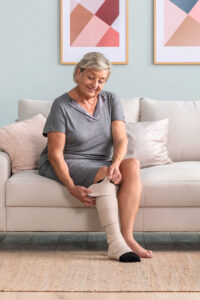
Compression Socks
Compression socks are a popular choice for individuals experiencing mild symptoms or seeking everyday support. These socks are typically knee-high and provide graduated compression, which is strongest at the ankles and decreases up the leg.
They are easy to wear, discreet, and suitable for those who spend long periods sitting or standing, as they help improve circulation and reduce minor swelling. Compression socks are also widely used for general leg fatigue and preventing conditions like varicose veins or mild edema.
Compression Stockings
For individuals with moderate to severe symptoms, compression stockings provide more robust support than socks. These garments often extend higher up the leg, including thigh-high or full-length options, to ensure comprehensive coverage and effective management of advanced conditions.
These garments are particularly effective for individuals managing advanced stages of lymphedema or lipedema, as they deliver higher compression levels to reduce significant swelling and improve lymphatic flow. Compression stockings are ideal for medical-grade therapy and are often recommended by healthcare professionals.
Custom-Fitted Compression Garments
For those with severe conditions or unique body shapes, custom-fitted compression garments are the best option. These garments are tailored to meet individual needs, ensuring a precise fit and optimal compression levels. They are designed to address complex symptoms, such as uneven swelling or irregular fat distribution caused by advanced lipedema or lymphedema.
Custom-fitted garments provide maximum effectiveness and comfort, making them a vital component of a personalized treatment plan for managing chronic conditions. To ensure the best results, contact Care-Med for professional advice and custom fitting services. Our specialists can help you find the perfect garment to meet your needs.
When to Use Leg Compression Garments
Compression therapy is not a one-size-fits-all solution, and its benefits are maximized when incorporated into a structured treatment plan tailored to individual needs. Understanding when to use leg compression garments is essential for achieving the best outcomes and ensuring long-term symptom management.
Before incorporating compression garments into your routine, it’s important to consult with a healthcare provider to determine the correct compression level and garment type. Once you have the appropriate guidance, there are several situations where wearing compression garments can be particularly beneficial:
- After consulting with a healthcare provider
It is important to begin compression therapy only after receiving professional advice. A healthcare provider can assess your specific condition, recommend the right type of garment, and ensure the compression level is safe and effective for your needs. - During periods of prolonged standing or sitting
Extended periods of immobility, whether from sitting at a desk or standing for long hours, can worsen symptoms such as swelling and discomfort. Wearing compression garments during these times helps maintain circulation, prevent fluid buildup, and reduce fatigue in the legs. - After surgery or physical therapy for lymphedema or lipedema
Post-surgical recovery and physical therapy often include swelling management as a key goal. Compression garments help reduce post-operative swelling, promote healing, and support the affected areas during rehabilitation. - As part of a daily routine to manage symptoms effectively
Consistent use of leg compression garments can prevent symptoms from worsening and make everyday activities more comfortable. Incorporating them into your daily routine ensures ongoing support for circulation, reduces swelling, and helps maintain mobility.
How to Choose the Right Leg Compression Garments
With various styles, compression levels, and materials available, selecting the ideal leg compression garment can feel overwhelming. However, by focusing on your specific needs and seeking professional advice, you can find a solution that provides the best support, comfort, and symptom relief. Here’s how to make an informed decision:
The first step in choosing the right leg compression garment is consulting a healthcare professional or specialist such as Care-Med. A medical expert can evaluate your condition, recommend the appropriate compression level, and determine whether a custom-fitted garment is necessary.
Proper fit and compression are essential to ensure that the garment effectively improves circulation and reduces swelling without causing discomfort or restricting movement. Relying on professional guidance also helps avoid potential complications from using the wrong type of garment.
Compression Levels
Compression garments come in varying levels of pressure, measured in millimeters of mercury (mmHg).
- Light compression (15-20 mmHg): Suitable for managing mild symptoms such as minor swelling, leg fatigue, or preventative use during prolonged sitting or standing.
- Moderate to high compression (20-40 mmHg): Designed for more severe swelling and advanced conditions like lymphedema or lipedema. These garments provide stronger support and are often prescribed for medical-grade therapy.
Material and Comfort
The material of the compression garment plays a significant role in comfort and durability. Look for fabrics that are:
- Breathable: Helps regulate temperature and prevents irritation, especially if the garment is worn for long periods.
- Durable: Ensures the garment maintains its elasticity and effectiveness over time, even with regular use and washing.
- Lifestyle-friendly: Choose a garment that fits seamlessly into your daily routine, whether you need discreet compression socks for work or stronger compression stockings for medical treatment.
Prioritizing comfort and usability will make it easier to integrate compression garments into your routine while ensuring maximum effectiveness.
Supporting Your Journey to Better Health
Leg compression garments are a powerful tool in the management of lymphedema and lipedema, providing relief from swelling, discomfort, and mobility challenges. By enhancing circulation, reducing fluid buildup, and offering physical support, these garments empower individuals to take control of their symptoms and maintain a more active and comfortable lifestyle. Whether addressing mild or severe conditions, compression therapy is a key component of effective care.
At Care-Med, we specialize in custom-fitted medical compression garments tailored to your unique needs. Our certified fitters will work with you to ensure a precise fit and optimal support for maximum results.
Contact Care-Med to schedule a fitting or learn more about how leg compression garments can support your health and well-being.
Share This Story, Choose Your Platform!
Table of Contents
We specialize in orthotics, body braces, and compression wear tailored to your unique needs in Toronto. Reach out to us at info@caremed.care or call 416-782-5353 to book your fitting and consultation.
Experience the difference of customized solutions designed just for you.


